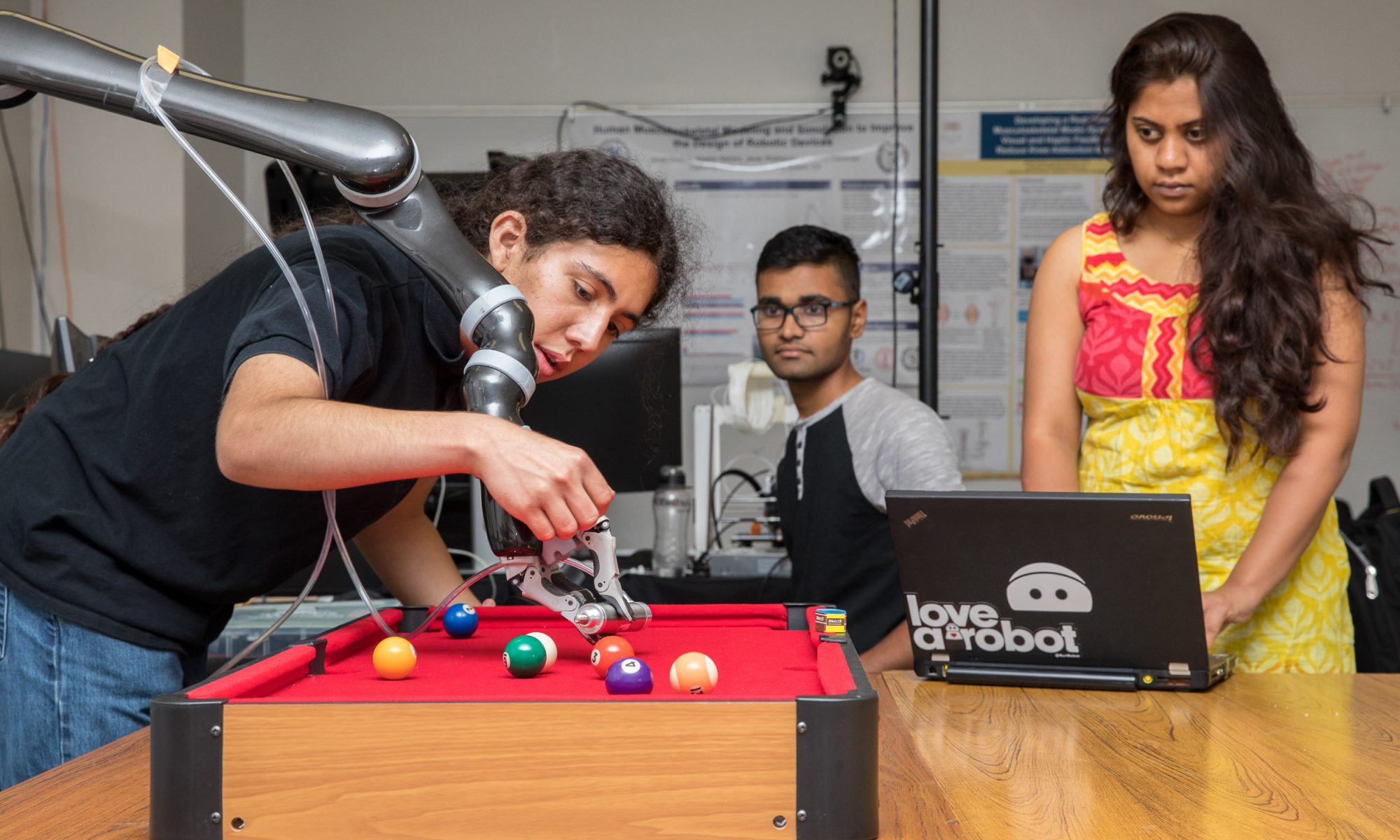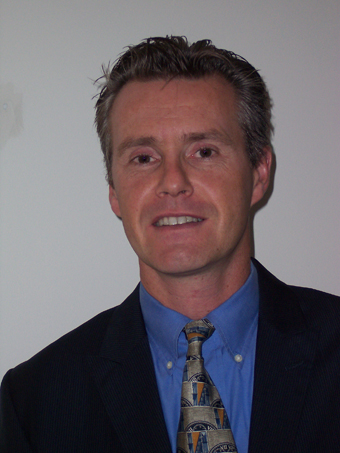Eric Besnard, a professor in the Mechanical and Aerospace Engineering Department at CSULB, has been named the recipient of the American Institute of Aeronautics and Astronautics (AIAA) 2009 Faculty Adviser Award.
The award is presented to the AIAA faculty adviser of a chartered student branch who, in the opinion of student branch members and the AIAA Student Activities Committee, has made outstanding contributions to his/her students in local, regional and national activities. Besnard was also selected to receive the honor due to his passion for aerospace and his ongoing efforts in encouraging students in the field through hands-on projects.
“The rewarding part about being chapter adviser for the AIAA is working with the students to help them transform ideas into an engineering system they can test,” said Besnard. “The quality engineering department at Cal State Long Beach also helps make this possible. It is very well recognized in Southern California, with graduates in demand for local aerospace companies and are very capable of competing nationally.”
Besnard, who has taught upper-division aerospace design and space systems engineering at CSULB since 1995, was presented the honor during the 47th annual AIAA Aerospace Sciences Meeting Award Banquet in Orlando. Teaching undergraduate and graduate students, Besnard’s schedule also includes senior design classes, spacecraft systems engineering, and rocket and spacecraft propulsion.
Much of the “hands-on” work Besnard has been recognized for by the AIAA is for the California Launch Vehicle Education Initiative (CALVEIN), the rocket program on campus that includes several projects involving AIAA. As head of CALVEIN, he helps students design, build and launch large rockets, each with its own unique characteristics.
“I am proud to be recognized by this premier aerospace professional organization (AIAA) for the job we do at CSULB in preparing the next generation of aerospace engineers by having them involved in hands-on projects, an approach that requires departmental commitment and resources,” said Besnard. “The IMU (inertial measurement unit) we now use on some of our test flights was purchased as part of a student project that was funded by the Los Angeles professional section of AIAA. Another project deals with the development of a wind-sensing package to be used for rocket launch operations.”
The students involved in the wind-sensing project took second place last year when they presented the work at the AIAA 2008 Region VI Student Conference at Arizona State University. Students Faisal M. Buharie and Samir Mohamed won the award in the undergraduate category for their new wind sensor, which may be used during launches to measure the prevalent wind at altitude. Oscar Mejia, another undergraduate student in aerospace engineering, presented his project titled “Trajectory Simulation for CSULB Sounding Rockets.”


